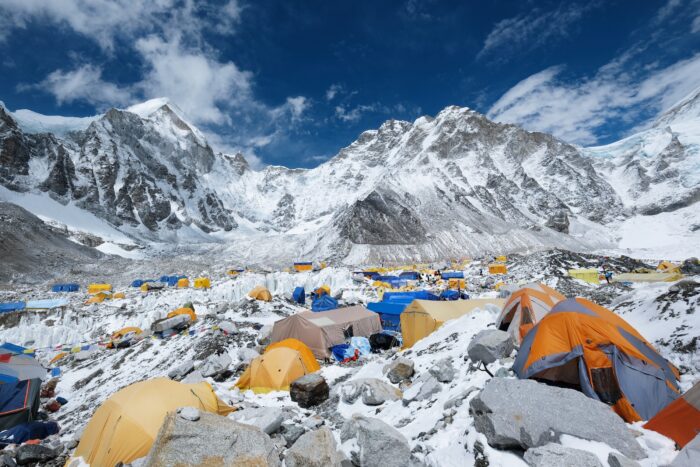Americans don’t really get Britain’s fell running. Is it mountain running? Is it trail running? Why does it get its own designation? So we asked a fell running expert to break it down in all its mud and glory.
Ben Mounsey is one of the best fell runners on record, even though he said he “fell into” the sport. He was hooked from his first race.
“It began with a steep uphill and finished with a wild and crazy descent. My body was working at its full capacity during the entire race, my lungs were on fire, and my heart rate was off the scale,” he said.
“But despite the pain, the hurt, and the jelly legs, it was a feeling I’ll never forget. I felt alive and free, enjoying the finest natural high in the world.”

Mounsey was nice enough to expound on this quirky tradition. Fell (that’s another word for “mountain” or “hill” in Northern England) running shares many of the same characteristics as trail running. But the moorland sport stands apart with an undeniable mystique. Running the fells dates back to 11th century, for one.
Interview: Fell Running With Ben Mounsey
GearJunkie: For us Americans, please describe what fell running actually is.
Mounsey: Fell running has existed for centuries, and the longstanding traditions of the sport have never really changed. Many fell races annually take place as a part of community fairs or traditional sporting/farming shows. They are extremely important events for small villages and communities who enjoy and thrive on their existence.
The sport is pure, honest, and simple. It’s based entirely around traditional values — a respect for both competitors and the environment. The fact that competitors are driven by intrinsic reward has helped it to protect these values.

It’s unique from cross-country, trail, or mountain running in that races are so unpredictable in terms of the weather and terrain. You have to be a much stronger and hardier athlete to cope with the challenging environment. Speed isn’t necessarily the key, but rather strength and resilience.












